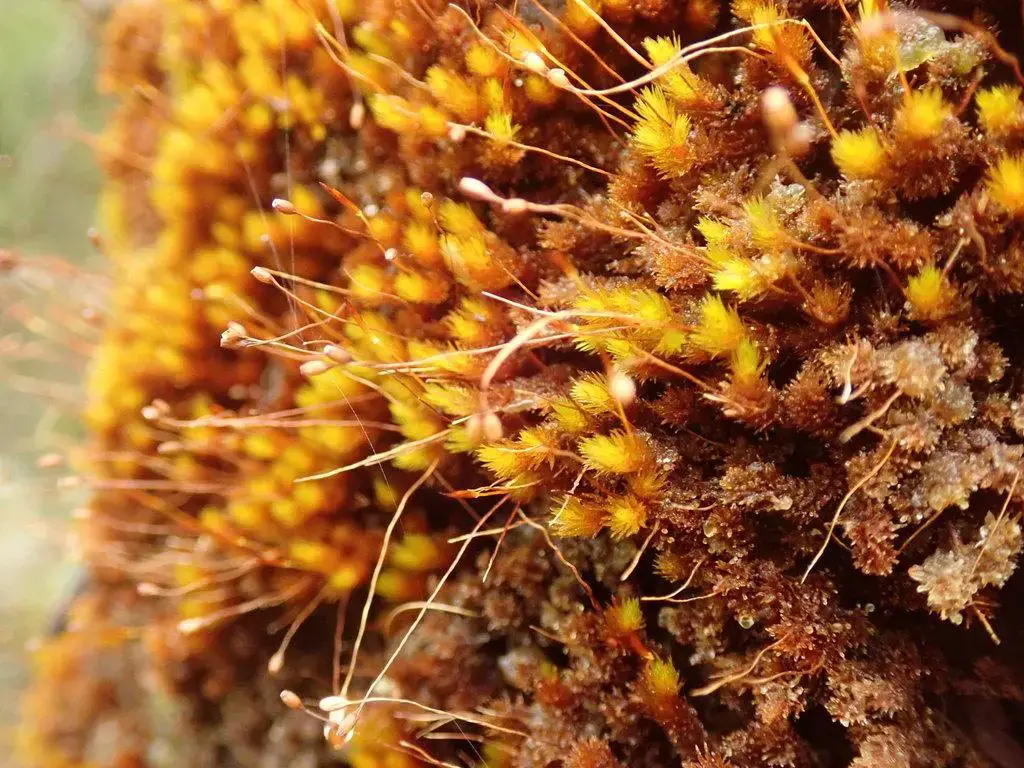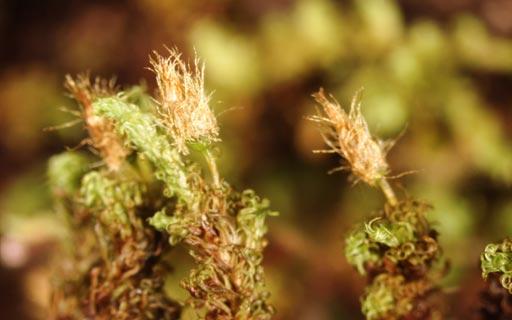
large.jpeg from: https://inaturalist.nz/observations/88236610
Exploring the Fascinating World of Macromitrium beecheyanum Mitt. Moss
Introduction
Mosses are often overlooked, but they play crucial roles in ecosystems around the world. One particularly interesting species is Macromitrium beecheyanum Mitt., a moss in the Orthotrichaceae family. In this blog post, we’ll dive into the details of this fascinating plant, from its morphology to its ecological importance. Get ready to discover the hidden world of Macromitrium!
Background
Macromitrium beecheyanum Mitt. is a species of moss classified in the

Macromitrium-prolong01l.jpg from: https://www.digital-museum.hiroshima-u.ac.jp/~museum/habit/moss_habit/Macromitrium prolongatum/Macromitrium_prolongatum.html
Bryophyta division and Bryopsida class. It belongs to the Orthotrichaceae family, which contains over 900 species worldwide. The genus Macromitrium includes around 400 species found in tropical and subtropical regions.
Morphology and Identification
M. beecheyanum forms dense cushions or tufts on tree bark, rocks, or soil. Its stems are creeping to ascending, branching irregularly. The leaves are lanceolate to ovate-lanceolate, with acute to acuminate tips. The leaf margins are entire and often recurved. A key identifying feature is the presence of gemmae, asexual reproductive structures, on the leaf tips.
The sporophytes (spore-producing structures) have short setae (stalks) and ovoid to cylindrical capsules. The peristome (ring of tooth-like structures around the capsule mouth) is double, with the outer teeth reflexed when dry. Spores are spherical and papillose.
Global Distribution and Habitat
M. beecheyanum has a wide distribution, found in:
- Central and South America (Mexico to Brazil and Chile)
- Africa (Tanzania, Uganda, South Africa, Madagascar)
- Asia (India, China, Japan, Southeast Asia, Indonesia, Philippines)
- Australia and Oceania (Papua New Guinea, Fiji, Samoa)
It grows in moist, shaded habitats from lowland to montane forests, typically as an epiphyte on tree bark but also on rocks and soil banks. The species tolerates a range of substrates and microclimates.
Ecological Roles and Adaptations
Like other mosses, M. beecheyanum plays important roles in its ecosystems:
- Moisture retention: The dense cushions trap and hold water, regulating humidity.
- Nutrient cycling: It absorbs nutrients from rain and litter breakdown, making them available to other plants.
- Microhabitats: The mats provide shelter and foraging grounds for invertebrates.
- Erosion control: By covering soil and rocks, it stabilizes surfaces and prevents erosion.
M. beecheyanum has several adaptations for its epiphytic lifestyle:
- Desiccation tolerance: It can survive periods of drying out and rehydrate quickly.
- Leaf structure: The recurved margins and papillose cells help retain water.
- Asexual reproduction: The gemmae allow it to spread locally without relying on spores.
Conclusion
Macromitrium beecheyanum Mitt. may be small, but it is a remarkable moss with a fascinating biology and important ecological roles. From the rainforests of Brazil to the mountains of New Guinea, this species thrives in diverse habitats and contributes to the functioning of ecosystems. The next time you see moss growing on a tree, take a closer look – it might just be Macromitrium making its mark on the world! What other secrets do you think these tiny plants hold?